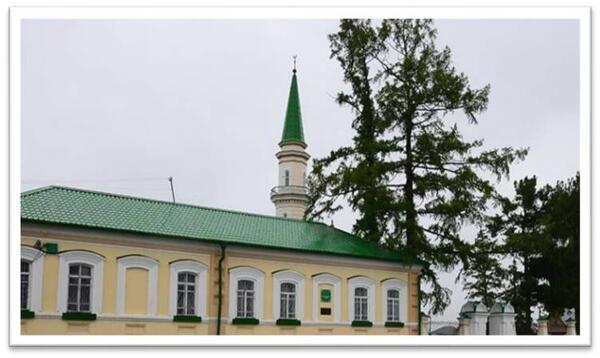The Embaevo Village Museum is the only museum institution in the Tyumen region dedicated to the history and culture of Siberian Tatars.
A rich collection of museum items (more than 3,000 exhibits) reflects the historical and cultural identity of the village. Some of the exhibits are unique. The museum provides an opportunity to get acquainted with the life and culture of Siberian Tatars, telling about their life, folk crafts, folklore, national clothes, and religion.
In one of the halls, there is an exhibition dedicated to the dwellings of Siberian Tatars in the 19th century. In other halls, there is information about how literacy originated in the village, and what residents glorified the village through their feats during the Great Patriotic War.
The ethnographic collection consists of household items typical for the everyday life of Siberian Tatars. The exhibits reflect the identity of the people and at the same time allow us to trace the relationship with the cultures of other peoples (Bukharans and Russians). The collection mainly consists of clothing items — various dresses, men’s and women’s coats and hats: kalfaks, tubeteikas, and sarautses of the late 19th century, made in the technique of gold embroidery. Footwear includes shoes, ichigi, and atu. There are also dishes and kitchen utensils — kumgans, samovars, a jug and other items.
The collection of household items includes a variety of utensils for cooking and storing food. These are old porcelain dishes, sugar bowls and teapots. The collection also includes earthenware and various wooden and metal utensils. They were made in factories or (mostly) handmade in the village or brought from other regions of Siberia, Asia and the European part of Russia. Almost all the items of the Tatar collection presented in the exposition were donated to the Embaevo Village Museum by local residents.
A rich collection of museum items (more than 3,000 exhibits) reflects the historical and cultural identity of the village. Some of the exhibits are unique. The museum provides an opportunity to get acquainted with the life and culture of Siberian Tatars, telling about their life, folk crafts, folklore, national clothes, and religion.
In one of the halls, there is an exhibition dedicated to the dwellings of Siberian Tatars in the 19th century. In other halls, there is information about how literacy originated in the village, and what residents glorified the village through their feats during the Great Patriotic War.
The ethnographic collection consists of household items typical for the everyday life of Siberian Tatars. The exhibits reflect the identity of the people and at the same time allow us to trace the relationship with the cultures of other peoples (Bukharans and Russians). The collection mainly consists of clothing items — various dresses, men’s and women’s coats and hats: kalfaks, tubeteikas, and sarautses of the late 19th century, made in the technique of gold embroidery. Footwear includes shoes, ichigi, and atu. There are also dishes and kitchen utensils — kumgans, samovars, a jug and other items.
The collection of household items includes a variety of utensils for cooking and storing food. These are old porcelain dishes, sugar bowls and teapots. The collection also includes earthenware and various wooden and metal utensils. They were made in factories or (mostly) handmade in the village or brought from other regions of Siberia, Asia and the European part of Russia. Almost all the items of the Tatar collection presented in the exposition were donated to the Embaevo Village Museum by local residents.


